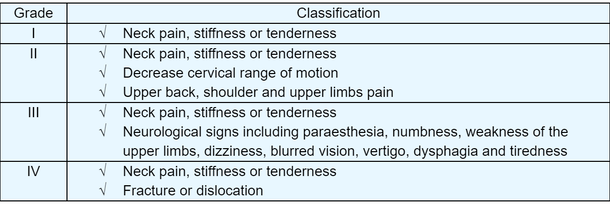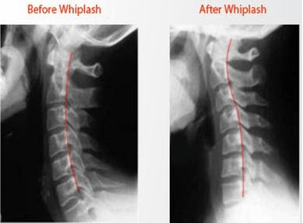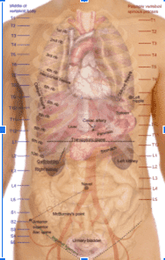Whiplash is defined as an “acceleration-deceleration mechanism of energy transfer to the neck”. It could be divided into two parts. First, the impact on the neck creates hyperextension (excessive motion that creates a locking of the facet joints and stretching of the anterior/front of the neck soft tissues), then, there is a too-fast reversal motion called hyperflexion.
Recent research shows that whiplash and concussion can occur together. So if you have a concussion you are likely to have a whiplash and vice versa. Have you ever had a whiplash injury or a concussion?
Have you ever wondered what the impact of whiplash on the cervical spine is?
Have you ever heard of whiplash-associated disorders?
Are you interested in knowing the osteopathic point of view?
Would you like to recover from your whiplash injury?
If you answered ‘yes’ to at least one of these questions, it means this article is for you! Let’s analyse all these details together! WHIPLASH INJURY AND CERVICAL SPINE
--> Causes: Road traffic accidents with rear-end or side-impact motor vehicle collisions are the primary cause of whiplash and chronic neck pain.
Whiplash can also result from sports accidents (rugby, boxing) or physical abuse (for example: shaken baby syndrome).
--> Whiplash-associated disorders
Whiplash-associated disorders include all symptoms related to the injury. These are graded in the table below.
The Osteopathic point of view and treatment
While conventional medicine only considers the cervical spine after whiplash, at City Osteopaths we also look at and treat nearby structures that can also be involved.
Let's take two examples:
It has been studied that the biomechanical mechanism of the initial phase of a rear-end impact, involves also an extension movement of the upper thoracic spine, resulting in a reduction of the first four vertebrae (T1-T4) mobility. Consequently, the deep soft tissues (back muscles and ligaments) that take origin from these vertebrae are stressed and unable to express their strength, causing pain and discomfort. Furthermore, the whole body may create a postural adaptation, resulting in joint overuse, diaphragm tension and balance disorders such as vertigo.
As the evidence-base suggests, we can utilise an osteopathic thoracic manipulation technique called a “DOG”. We apply a specific force in the direction of the first four thoracic vertebrae restriction, until the anatomical barrier is reached and an onomatopoeic sound called “pop” or “crack” is audible, which indicates cavitation of the treated joint. This technique is able to restore the flexion movement of the upper thoracic spine, and consequently to decrease the pain and improve the breathing and functionality of the entire body structures.
In a whiplash injury, there is likley to be an exaggerated stress of the cardiac suspensory ligaments, which can result in an increase in the tension of the visceral fascia which surrounds the pleural cavities and the abdominal organs. This can cause respiratory and abdominal disorders. At City Osteopaths we can provide visceral manipulation to restore the motion and elasticity of the pericardial support ligaments and the connective tissue surrounding each organ.
Bibliography:
Tameem, A., Kapur, S. and Mutagi, H. (2014) ‘Whiplash injury’, Continuing Education in Anaesthesia Critical Care & Pain, 14(4), pp. 167-170.
Peñas, C.F., Vega, R.L., Carnero, J.F., Page, J.C.M. (2004) ‘Dorsal Manipulation in Whiplash Injury Treatment: A randomized Controlled Trial’, Journal of Whiplash and Related Disorders, 3(2), pp. 54-7
Extra article to read:
To find out more about the author Giulia, click here







